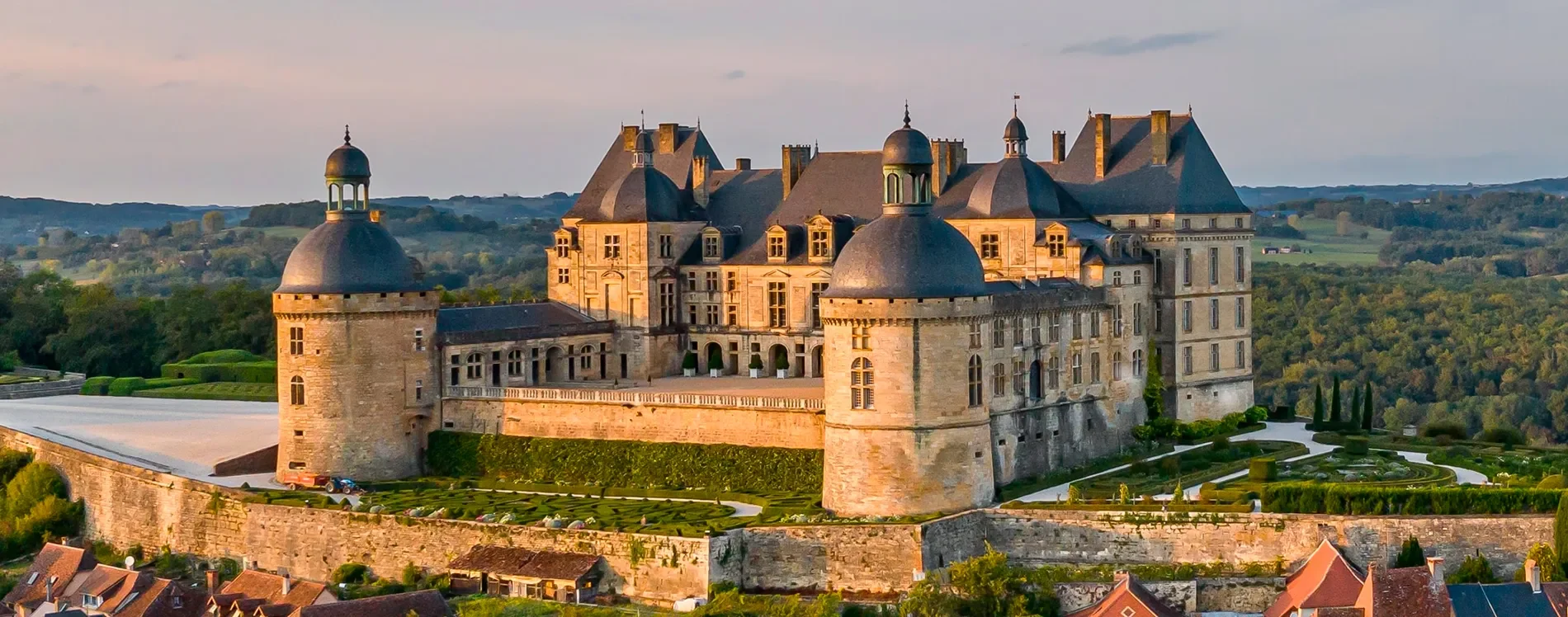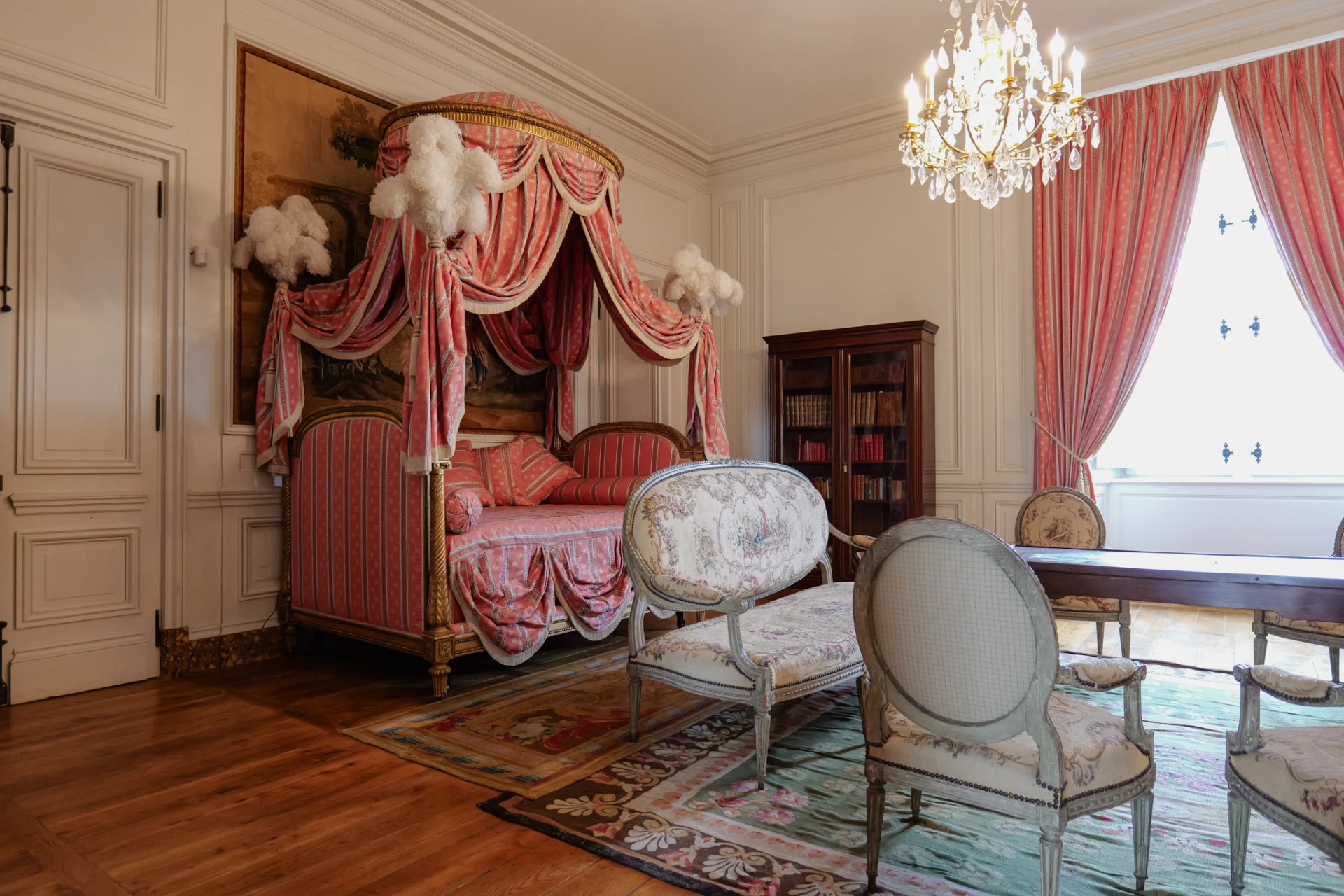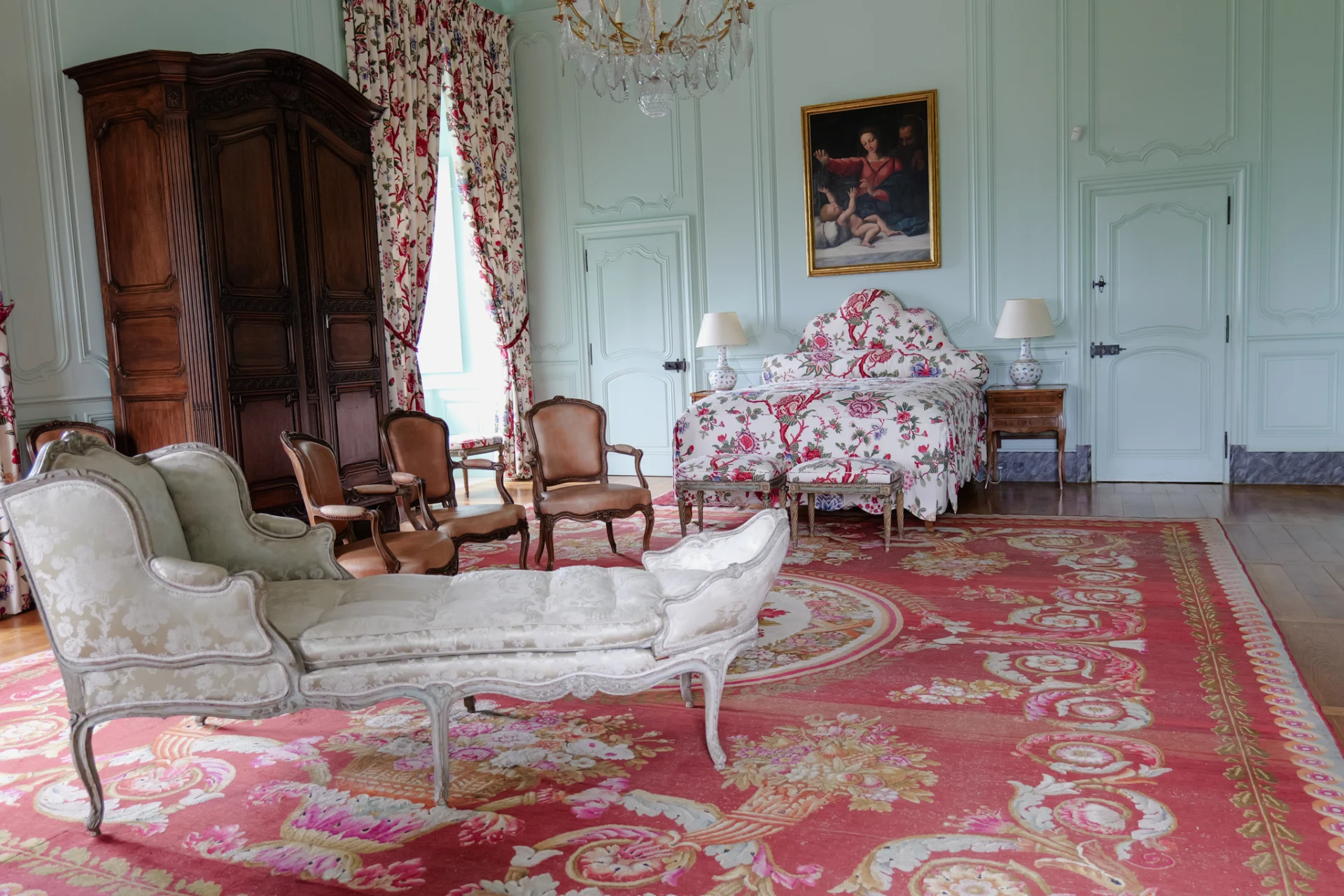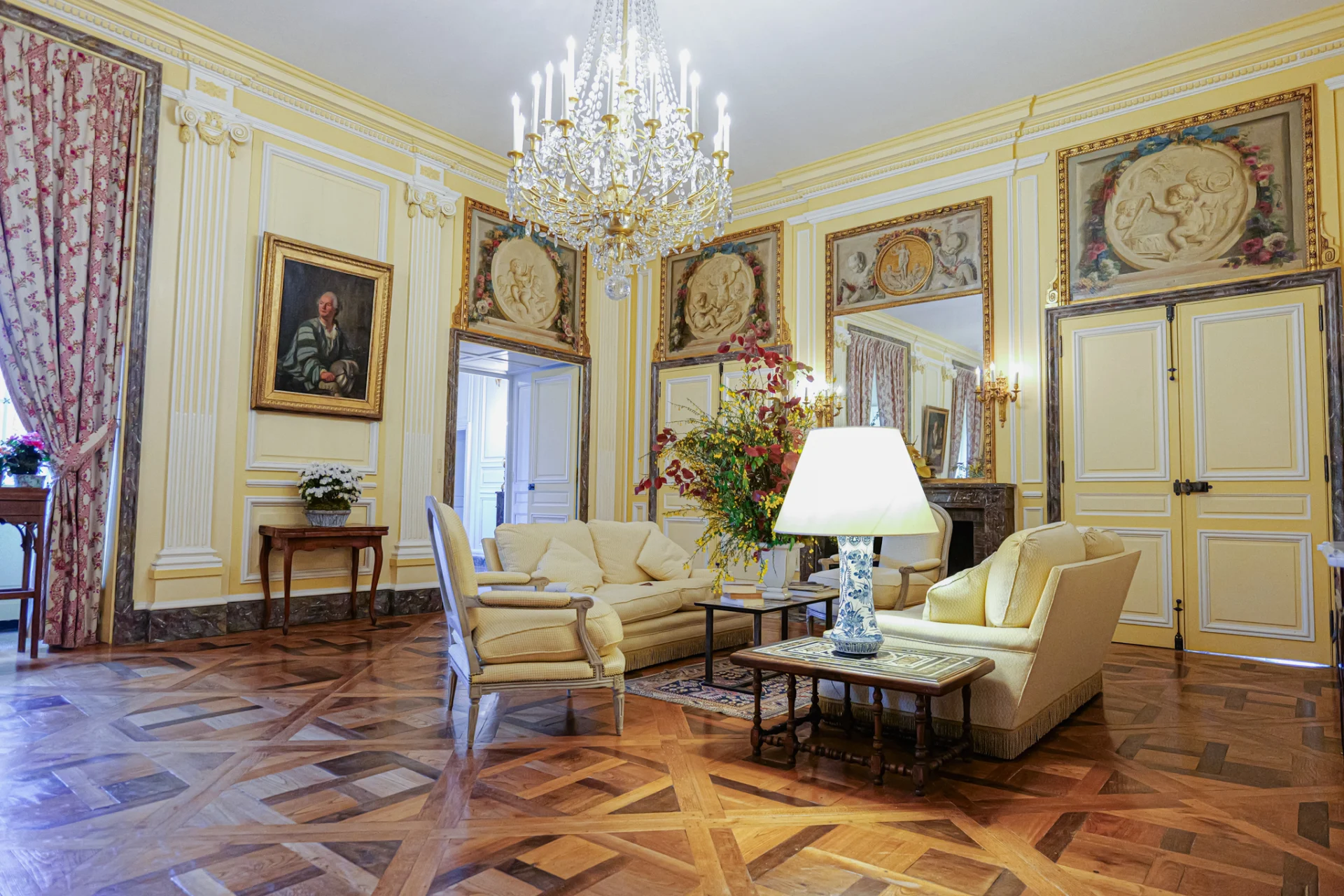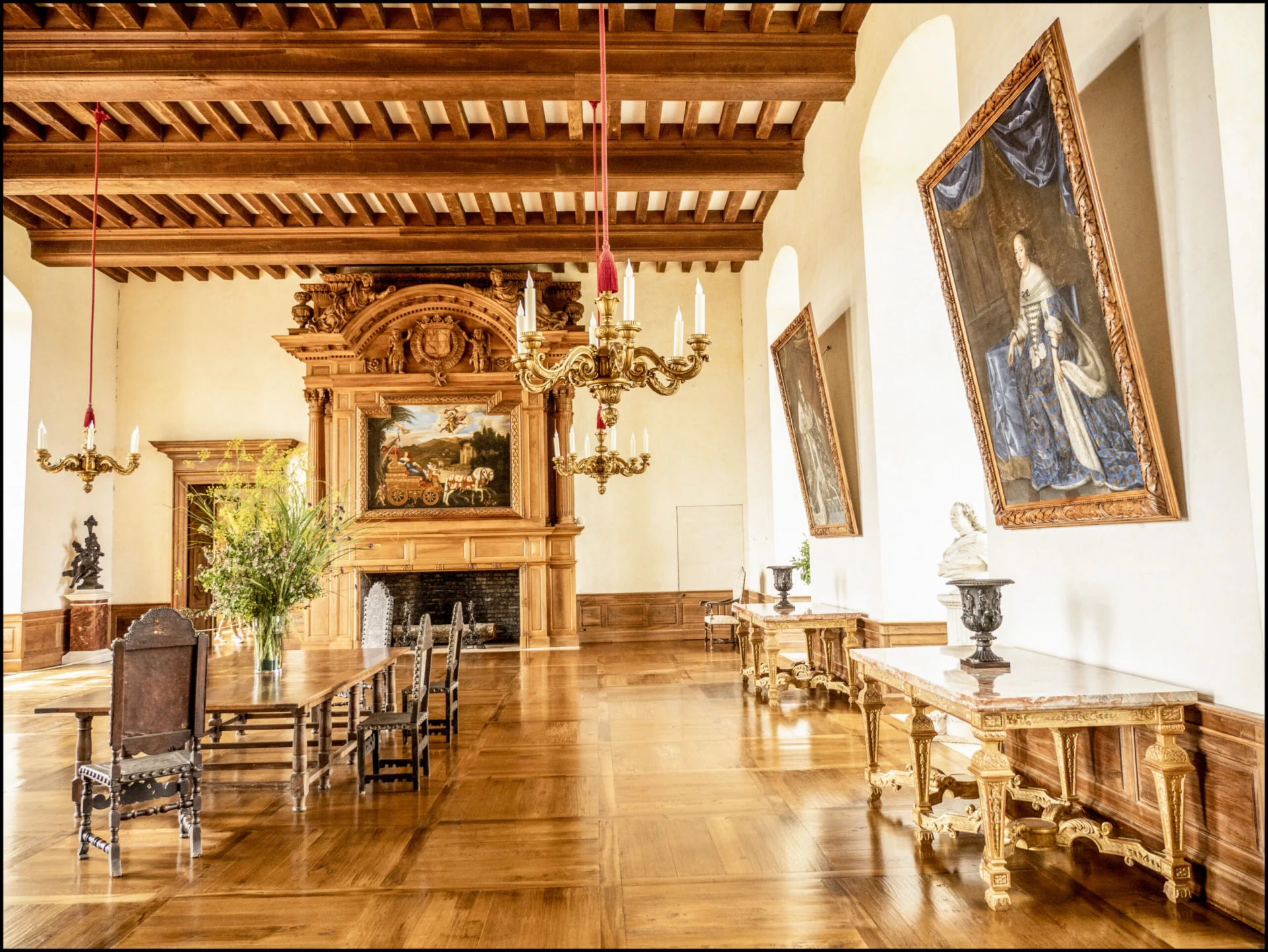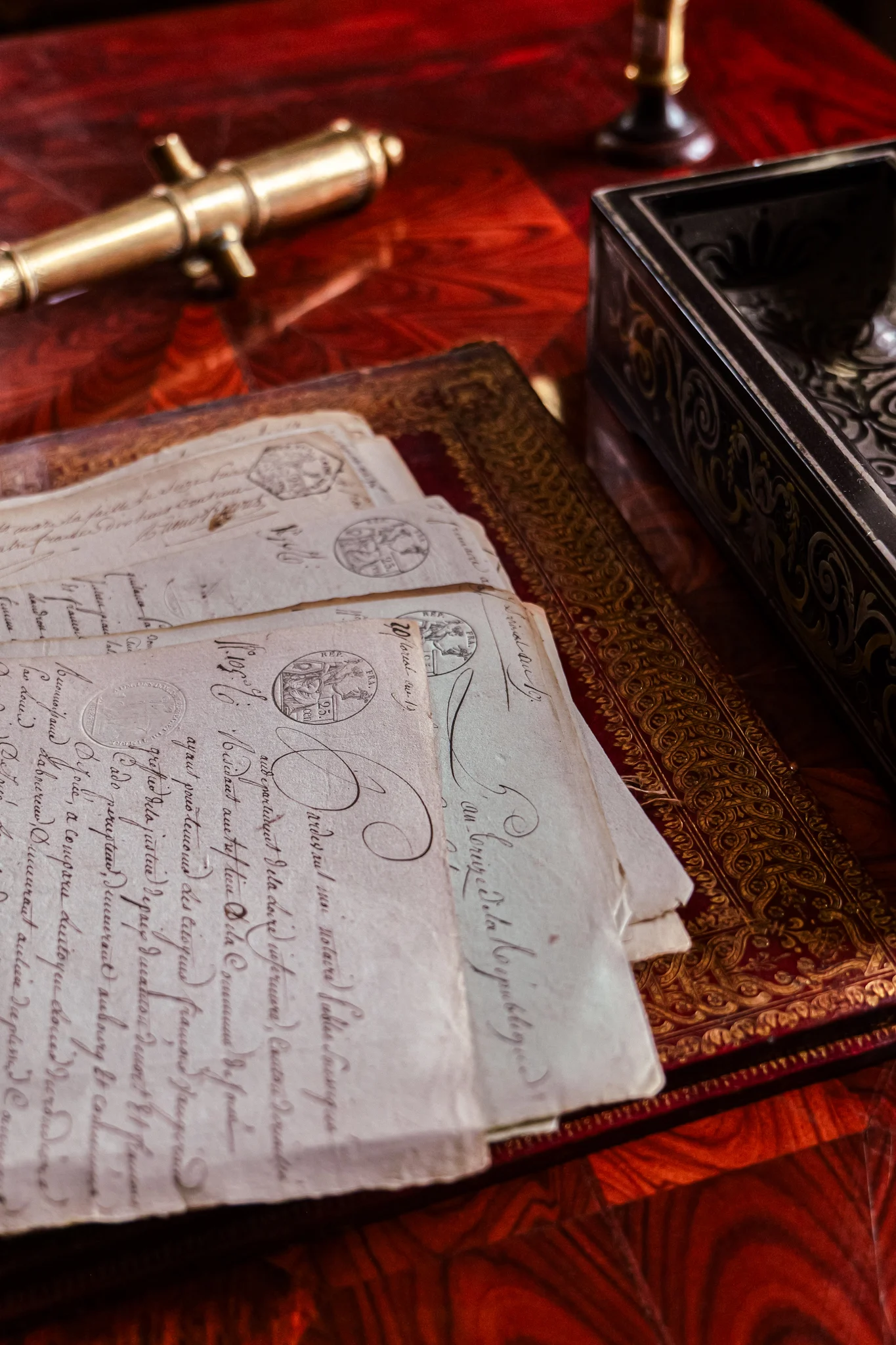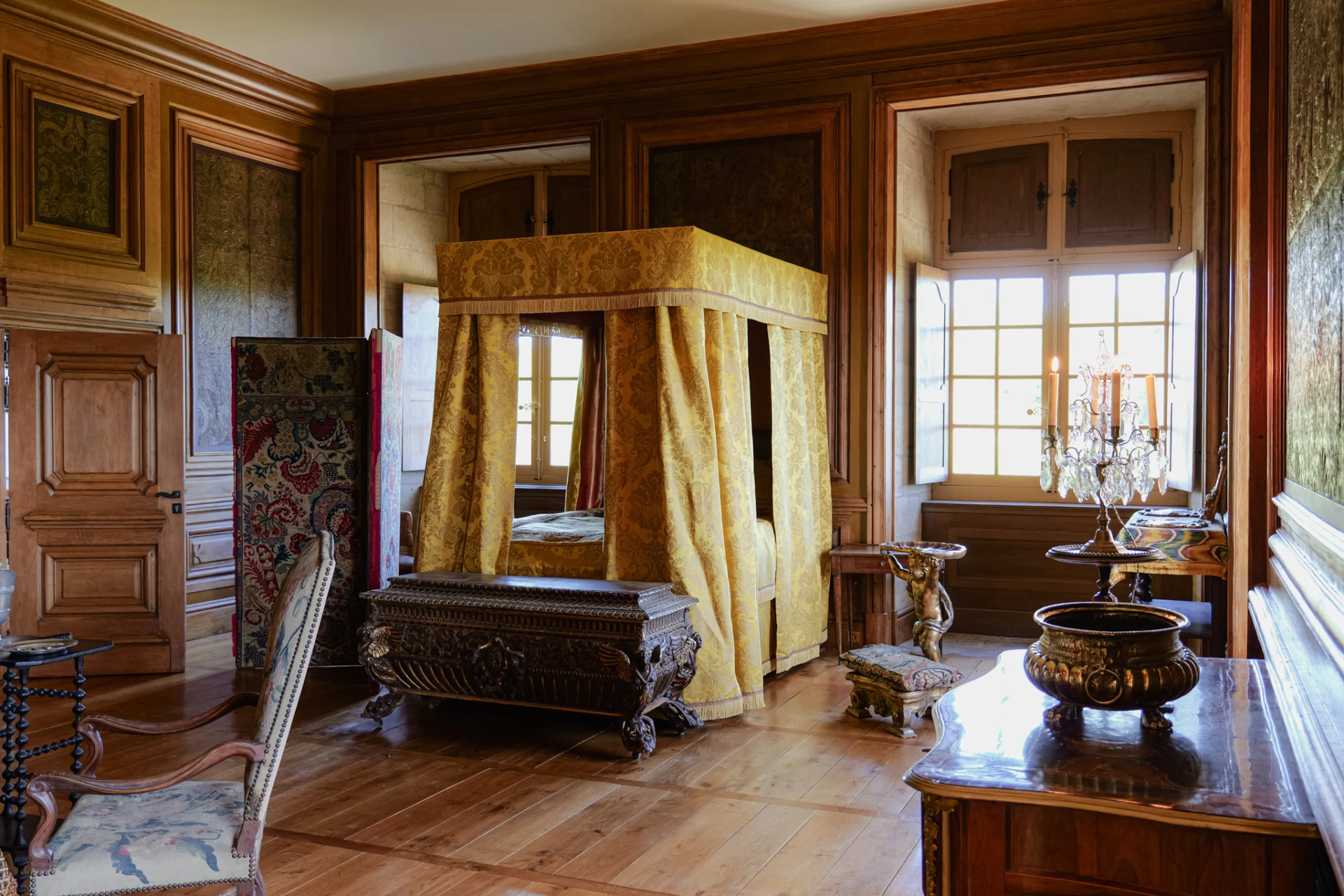The Tour de Bretagne and its exceptional framework
The chapel
also welcomes all the villagers.
The communal oven
of the estate are numerous and relations with the villagers are strong. The bread oven embodies this great
close to the castle and the village. It was behind this gate that the villagers would go every day to the castle.
Bake bread in the oven provided by the Marquis, in return for a fee. To keep these traditions alive, we are organising workshops to learn how the bread oven works.
